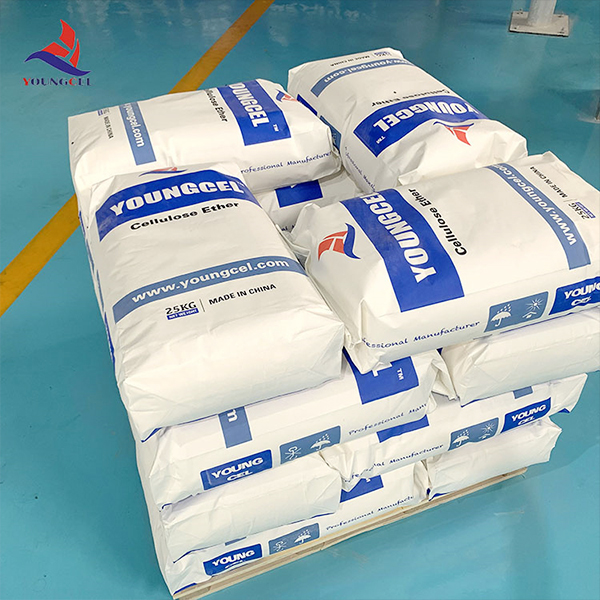HPMC for Cement Enhancing Performance and Application
Hydroxypropyl Methylcellulose (HPMC) is a versatile cellulose ether widely utilized in various construction applications, particularly in cement-based products. As the demand for high-performance building materials continues to rise, HPMC has emerged as a pivotal additive in enhancing the properties of cement mixtures, promoting better workability, adhesion, and durability.
What is HPMC?
HPMC is a water-soluble polymer derived from cellulose, a natural polymer found in plant cell walls. By modifying cellulose with hydroxypropyl and methyl groups, HPMC exhibits unique properties such as improved water retention, viscosity control, and film-forming capabilities. These characteristics make HPMC an ideal additive for cement formulations, where controlling the water-to-cement ratio and optimizing workability are essential for achieving high-quality construction materials.
Benefits of HPMC in Cement Applications
1. Improved Workability One of the primary advantages of incorporating HPMC into cement mixtures is its ability to enhance workability. HPMC increases the viscosity of the mixture, allowing it to remain workable for longer periods. This feature is especially important in challenging weather conditions or large-scale projects where extended open time is necessary. Enhanced workability facilitates easier application and reduces labor intensity, making it an attractive option for contractors.
hpmc for cement

2. Water Retention HPMC significantly improves the water retention capacity of cementitious materials. This advantage is crucial in preventing the premature drying of surface layers during the curing process. By maintaining moisture within the mixture, HPMC contributes to better hydration of the cement, leading to enhanced strength development and overall durability of the final product.
3. Improved Adhesion and Bonding The incorporation of HPMC in cement-based systems enhances adhesion to various substrates, which is vital for applications like tile adhesives, plaster, and masonry. HPMC improves the bonding strength between layers, which helps to prevent issues such as cracking or delamination over time. This quality is essential in ensuring the longevity and structural integrity of construction projects.
4. Reduced Shrinkage HPMC helps mitigate shrinkage during the curing process. By retaining water and maintaining a stable environment for the curing cement, it reduces the likelihood of shrinkage cracks, thus enhancing the durability of the construction material. This property is particularly beneficial in large pour applications where shrinkage can lead to significant structural issues.
5. Versatile Applications The versatile nature of HPMC allows it to be used in a variety of cement-based products, including grouts, mortars, and stuccos. It can be tailored to meet specific performance criteria by adjusting the viscosity and other properties, making it suitable for different applications, from residential buildings to industrial structures.
Conclusion
As construction technology continues to evolve, the demand for high-performance materials becomes more critical. HPMC has proven to be an invaluable additive in the cement industry, enhancing the properties of cement-based products significantly. Its advantages, including improved workability, water retention, adhesion, and reduced shrinkage, make it a preferred choice among manufacturers seeking to produce superior construction materials. With ongoing research and development, the role of HPMC in the cement industry is set to grow, paving the way for more robust and sustainable building solutions.
-
Premium Detergent Grade HPMC Hydroxypropyl Methylcellulose: Superior Thickening & StabilityNewsAug.31,2025
-
HEC 100000 Hydroxyethylcellulose for Paint | Superior ThickeningNewsAug.30,2025
-
Wall Putty Rdp Powder Packaging DesignNewsAug.29,2025
-
Introduction to Hpmc Hydroxypropyl Methyl CellulosNewsAug.29,2025
-
Hpmc Industri Grade IntegrationNewsAug.29,2025
-
How to Choose the Right Construction AdhesiveNewsAug.29,2025




